FABLES OF BIDPAI TRANSLATED BY ABDUL MALI NASER ULLAH SHIRAZI
DEDICATED TO SULTAN BAHRAM SHAH, ILLUSTRATED FOR KHUSRAU MALIK
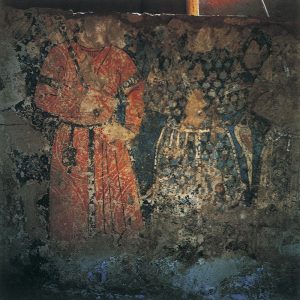
The Ghauris were attacking Ghazni and burnt it to the ground. Sultan Bahram Shah to save himself rushed to their waning kingdom of Lahore. It was there in in 1147 AD that his minister Abul Mali Naser ullah translated the Fables of Bidpai for him. Bahram Shah is reputed to have died in 1152 AD. We do not know when there was felt a need to get a proper Royal Manuscript done, but a manuscript available was probably done in the time of his son Sultan Khusrau Malik. Compared to other Sultans, Khusrau Malik lived his life in Lahore, reigned eight years here and died here in Lahore. The last Sultan of the Ghaznavids body went into the dust of Lahore around 1160 AD. Interesting is also the fact that the translator Abul Mali Naser ullah displeased the Sultan and was also executed in Lahore. Both Sultan and patron are in the dust of Lahore.
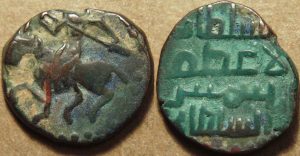

We do know that Ghazni was a cultural capital of the world and it boasted of a library which was renowned for its contents everywhere. A foreign monk found a lost Greek classic in translation at Ghazni itself. With the conquest of Lahore, hundreds of professionals related to 200 arts and crafts were invited to make Lahore a cultural city. To this day, various bazaars boast of such craftsmen, who made their living here. Take Kinari Bazaar for instance. It is still there after centuries and its existence came into being in Ghaznavid times. The full credit goes to Malik Ayaz for this great work, and often he is even considered as the Founder of Lahore. His grave still exists in the Rang Mahal area, and it is a mausoleum again, thanks to his lovers to this day.

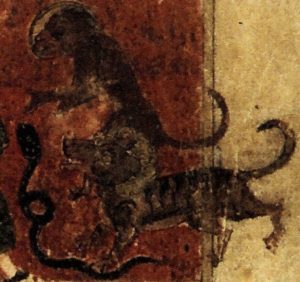
A detailed analysis of the oldest copy of Fables of Bidpai is being made, and we feel that E. Blochet was wrong and it was not made in Ghazni but in Lahore itself. There are many surviving old copies of Fables of Bidpai, but region is all are wrong. Only a person living in Lahore could know about the local animals as well as the dresses of Hindu Kings and proposed dress of Bidpai. These costumes, animals occur nowhere else. And they finally led to the Mughal version of Bidpai, and then the LAHORI version of Imam Baksh Lahori. That is another blog. In Pakistan knowledge about history of painting is vague and there is lack of interest in these aesthetics. M.A. Rahman Chughtai filled that gap and we are doing that now. Be happy!
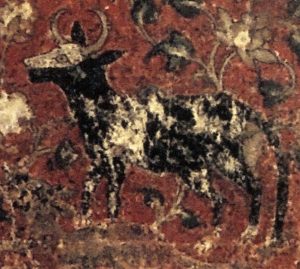
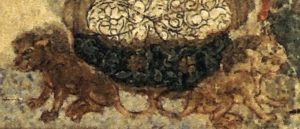
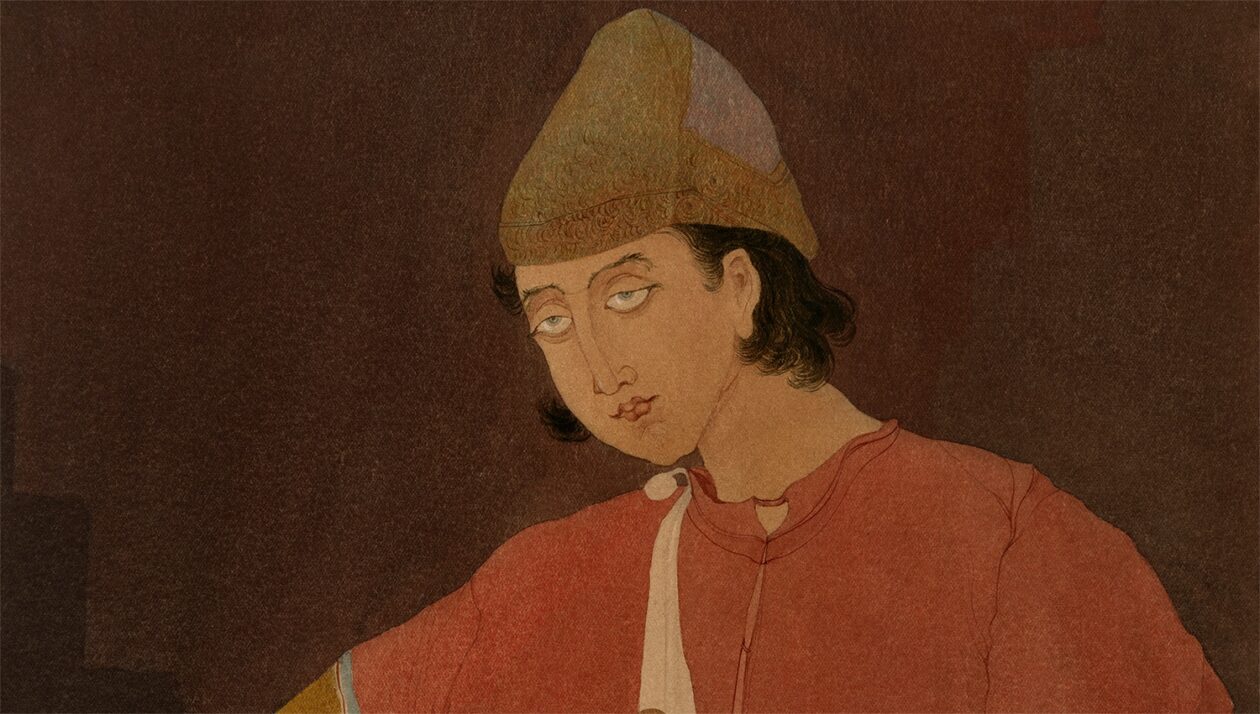
Illustrated three major times in Lahore.
There are reputedly 35 translations of Fables of Bidpai and the same are even being done today. BUT THIS ONE IS ONE DONE IN LAHORE.